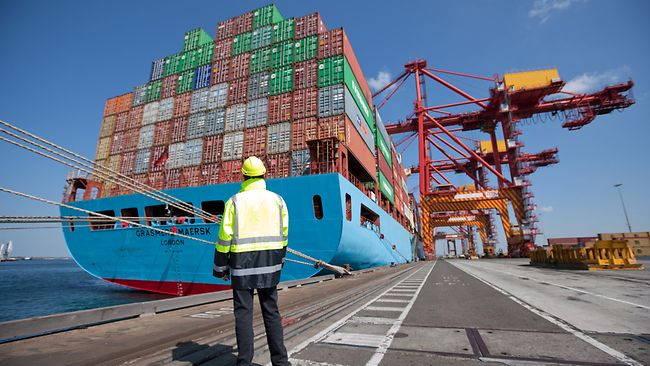Australia’s trade surplus ballooned in February as exports of gold and minerals rebounded while imports took an unusually sharp fall, nudging the country nearer to its first current account surplus since the mid-1970s.
The massive turnaround in trade is boosting profits and tax receipts and has been welcomed by the Reserve Bank of Australia as a support for spending and investment, Reuters reported.
Tuesday’s data from the Australian Bureau of Statistics showed a trade surplus of A$3.57 billion ($2.72 billion) in February, more than double the previous month and far above forecasts of A$1.8 billion.
With two months gone for the first quarter, the trade surplus is running at A$5 billion and another sizable outcome in March might just get the whole current account into the black.
The current account shortfall was already the smallest in 15 years in the fourth quarter at A$3.9 billion.
Much of the trade improvement in February came from a 5.3% drop in imports, an unusually steep decline that included a 10% fall in consumer goods. Exports climbed 1.5%, with gold, iron ore and coal all making gains.
Beijing’s efforts to slash inefficient steel making has been helping underpin demand for higher quality iron ore, Australia’s single biggest earner. Exports to the Asian giant stood at A$7.8 billion in February, up 56% on the same month last year.
Prices for iron ore have been easing in the past couple of weeks, but remain far above this time in 2016.
The RBA’s index of commodity prices, which mirrors the country’s resource mix, has held firm after shooting higher in the second half of last year. In local dollar terms, the index was up by just over 43% in March from a year earlier.
RBA Holds Rate Steady
Australia’s central bank retained its record low interest rate on Tuesday, as a hike to cool property prices could hurt the labor market and household borrowing, AAP reported.
The board of the Reserve Bank of Australia, governed by Philip Lowe, kept the cash rate unchanged at 1.50%. The bank had reduced the rate by 25-basis points each in August and May last year.
The RBA says maintaining rates at their current level is supported by positive business confidence levels and indicators of growth in employment, despite an increase in the jobless rate and modest growth in jobs numbers.
On housing, the RBA says borrowing continues to outpace household incomes and while recent regulatory changes should address “risks associated with high and rising levels of indebtedness”, the bank said less reliance on interest-only mortgages “would also be a positive development”.


